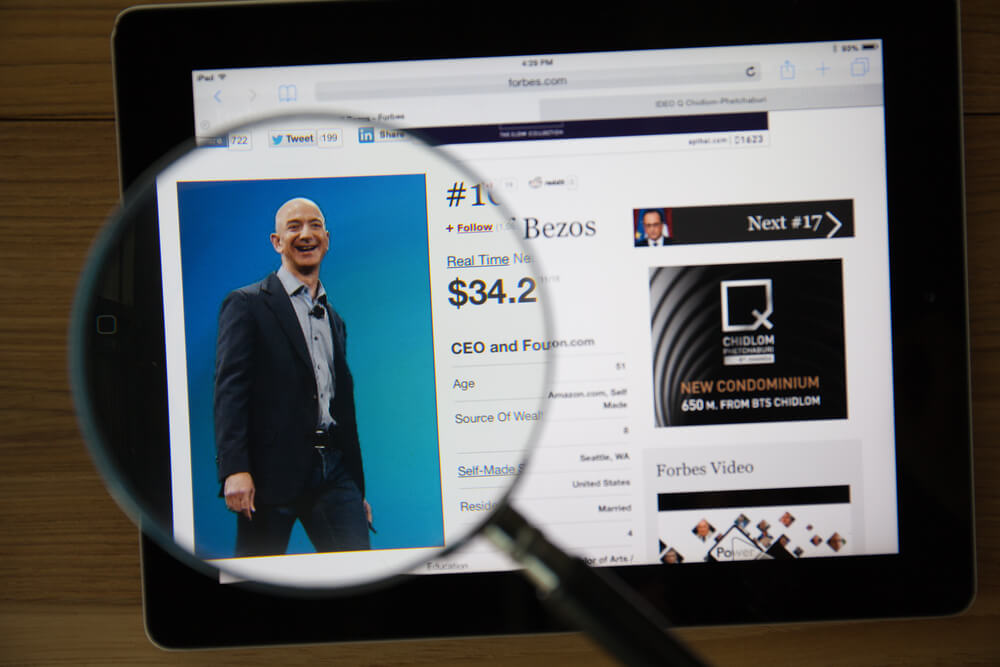Having run around the country as a modern Prince Charming in search of Cinderella, Jeff Bezos, Amazon’s boss, has decided that two hopefuls fit the slipper: Crystal City, Va., and Queens, N.Y.
But these Cinderellas aren’t to be carried off to live happily ever after in Amazon Castle. No, there are dowries to be paid — about $2 billion each in tax abatement and other goodies. These beauties are no bargain.
In fact, New York City and Washington, D.C. — Queens is a borough of New York and Crystal City (a part of suburban Arlington, Virginia) is just across the river from Washington — may be prostrating themselves to gain possibly 25,000 jobs in an unhappy, taxpayer-funded alliance.
The theories as to why Bezos chose these locations abound. The dominant one is that high-tech companies must follow high-tech workers. That explains why Boston and San Francisco are overheated along with, yes, New York and Washington.
This overheating might be described as more people trying to get into a city than its housing base and infrastructure can absorb. Result: skyscraper-high living costs, hideous commutes and wretched lives for those on the economic bottom rung.
High rents and homelessness go together.
I’m more persuaded that the decision has been made more to suit Bezos and his executives than to snare talent. Washington is the site of one of the Bezos mansions and he owns The Washington Post. New York has always had special appeal to the ultra-rich: Wall Street and the gilded social set.
Palo Alto, in California’s Silicon Valley, is white-hot in terms of desirability for high-tech jobs. But it was underdeveloped 45 years ago when a visionary scientist, Chauncey Starr, established the Electric Power Research Institute there. Starr told me he chose the location not because of the talent pool, but because he wanted the independence he feared he wouldn’t get in a big city, close to the electric companies that funded EPRI. The high-tech talent was yet to move in.
The point here is that it’s not necessary to go to the labor, the labor will come to you. Had Amazon chosen, say Upstate New York or somewhere in Kansas, and hung out a shingle for help, it would’ve poured in: build and they’ll come.
The great Washington hostess and diplomat Perle Mesta said, “All you have to do to draw a crowd to a Washington party is to hang a lamb chop in the window.” The same goes for labor.
The downside to Washington these days is that its roads and bridges, to say nothing of its troubled subway, are inadequate for the stunning growth it has seen since the late 1960s. It has some of the worst traffic jams anywhere and is said to have overtaken Los Angeles for traffic congestion. As the greater Washington area is split between the District of Columbia, Maryland and Virginia, regional problems are hard to solve and often go unsolved as a result.
New York needs infrastructure spending in the worst way, from the tunnels into Penn Station to the estimated $48 billion the subway needs to modernize. But an increasing amount of the city’s capital budget is going to have to be devoted to building barriers against sea rise, particularly in lower Manhattan and to a lesser extent in Brooklyn and Staten Island. Is it a good investment to sink money into any location which is going to have to throw its treasure at Neptune, not improving the rest of the infrastructure?
As someone who lived most of his adult life in Washington, I don’t celebrate its helter-skelter growth, gridlocked roads, potential water shortages or the just-upgraded sewage treatment plant, Blue Plains, which has been known to flood, sending the raw stuff into the Potomac River in big rainstorms.
Virginia and New York, have you bought into a cyber-dream from Amazon that denies reality? You’re paying for a tenant who should pay you for the stress of his buildout.
Prince Bezos, there were so many other pretty feet.
Photo: CHIANGMAI, THAILAND – March 31, 2015: Photo of Forbes article page about Jeff Bezos on a ipad monitor screen through a magnifying glass.

 Follow
Follow
Llewellyn,
Is it really a catastrophe for Arlington and the rest of the D.C. area? “Skyscraper-high living costs, hideous commutes and wretched lives for those on the economic bottom rung.”?
Let’s put the 25,000 jobs in the context of the area’s 3.4 million jobs — less than 1 percent.
Or perhaps more meaningful, the fact that area jobs grew 77,000 in the last 12 months.
That increase is three times the Amazon jobs. Did that increase drive living costs skyscraper high, make commutes hideous, and make wretched lives for those on the bottom rung?
I’m also not so sure that 25,000 of the best tech talent would flock to somewhere in Kansas if Amazon had picked there.
Best wishes,
Steve (from Arlington)